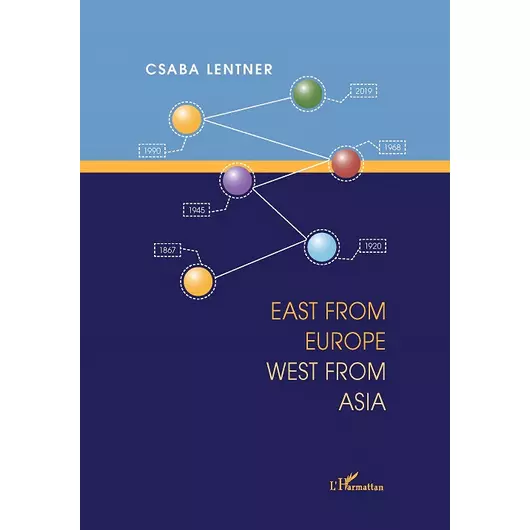East of Europe, West of Asia
9.990 Ft
The Hungarian tribes, arriving from the Asian steppes, have occupied and then populated the middle part of Central-Europe, the area between the mountain ranges of the Alps and the Carpathians run across by the Danube and Tisza rivers, in the 9th-10th century. Compared to Western-European countries, the adoption of Christianity, the founding of the state, then the establishment of the inherent western-type state administration has begun in Hungary several hundred years later. From the middle of the 16th century, this process was wrecked right away by the losing wars against the Ottoman Empire, followed by the subjection to the „liberator” Habsburg Empire that has lasted for hundreds of years, as well as by the adaptation constraints though bringing occasionally economic and social convergence. In a strange way, only the losing World War I put an end to it entirely.
Armed, blood-stumbled fighting against oppressive powers, such as Rákóczi’s War of Independence, the Revolution and War of Independence in 1848-1849 or the 1956 Revolution against the Soviet Empire have all increased the determination of the nation for implementing a successful economic policy.
Hungary, also losing in World War II, came into the Soviet Union’s sphere of influence, but was able to hold the position of the “happiest barrack” and “showcase country” within the Soviet-type planned economy system. Financial aspects of a raw market economy following the disintegration of the socialist world system, as well as that of an active state operation after 2010 may both provide interesting pieces of information to those interested in this country with a rich, but hectic economic history.
Csak 1 maradt készleten
somdn_product_page
